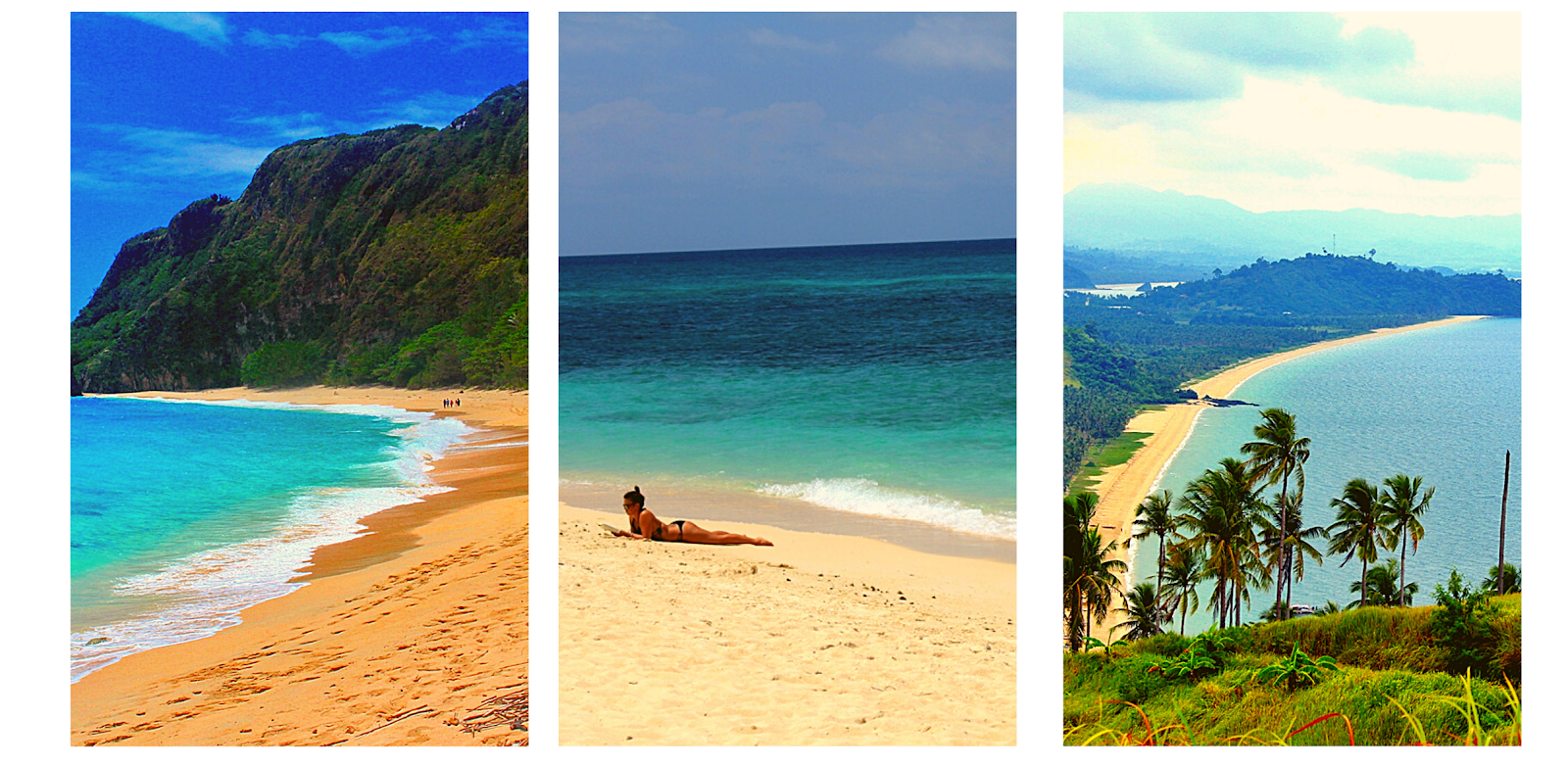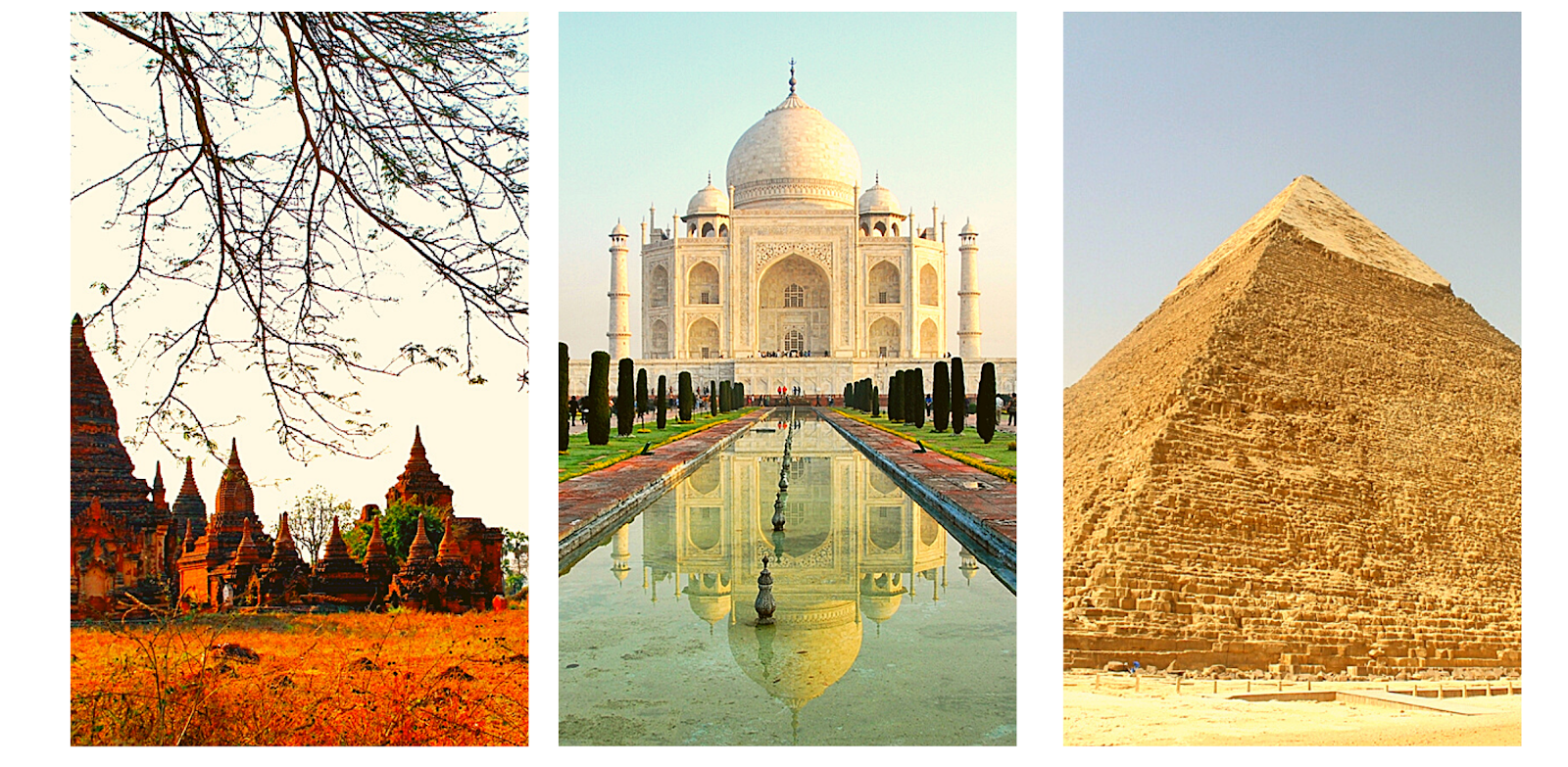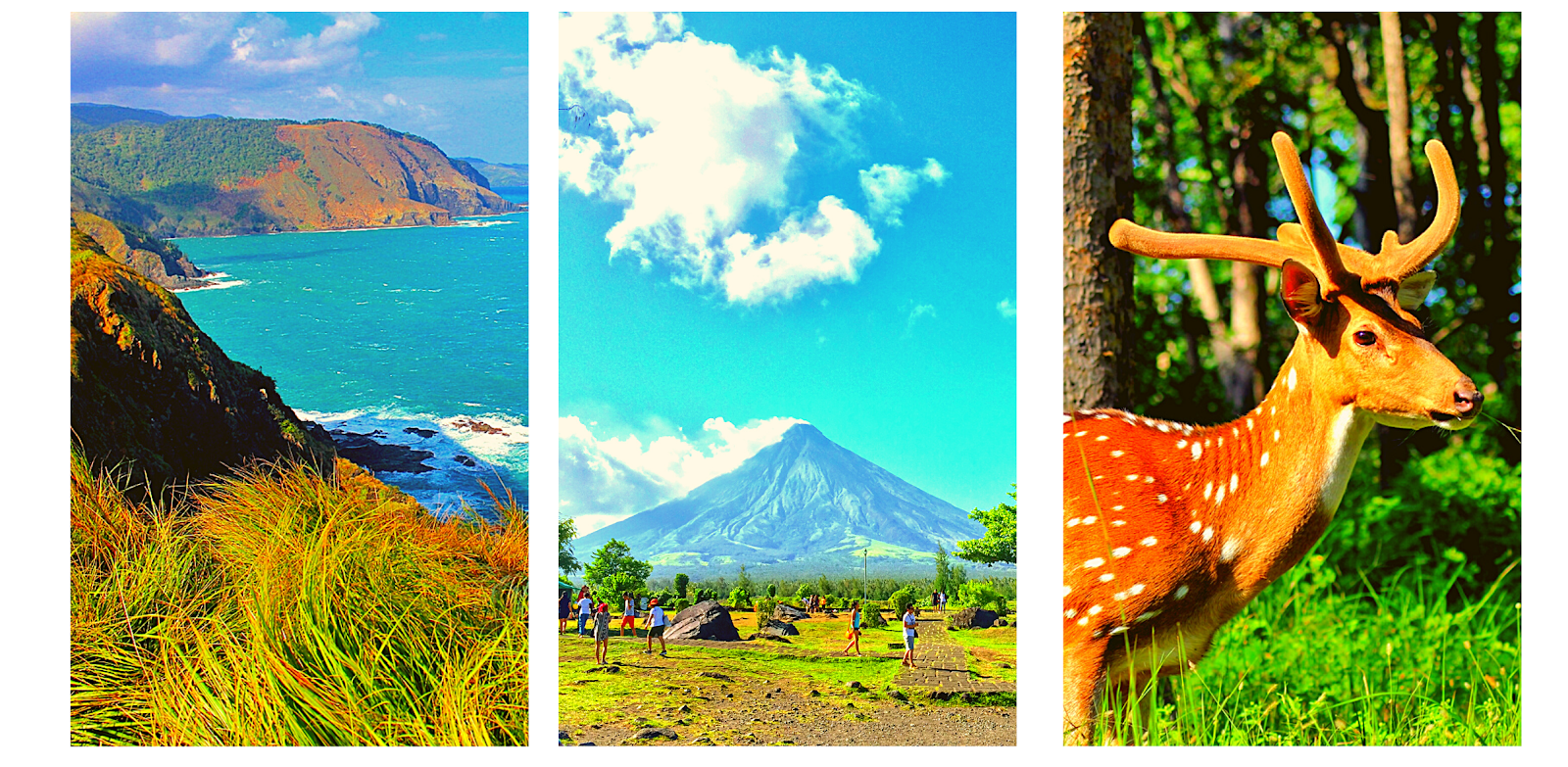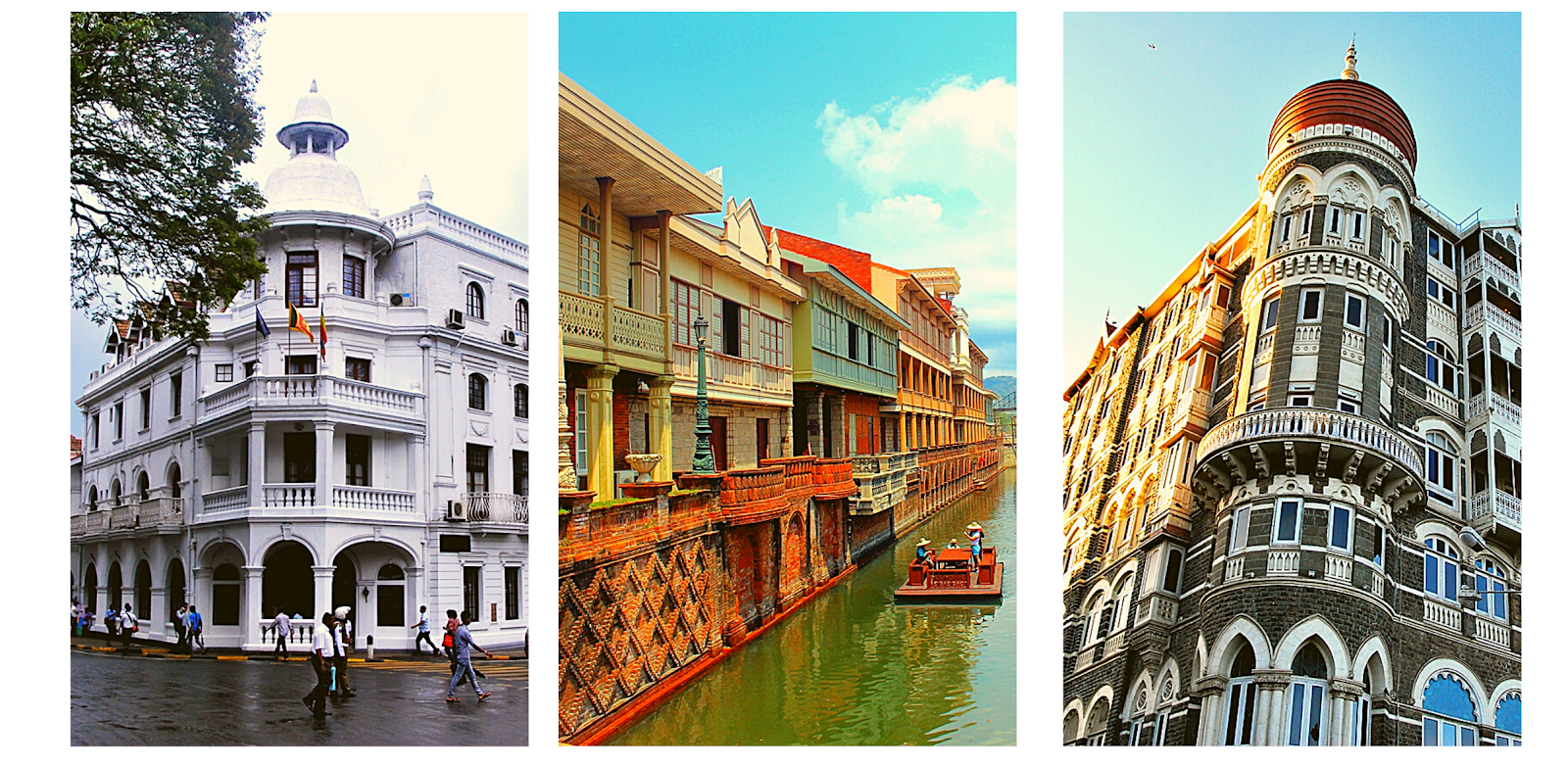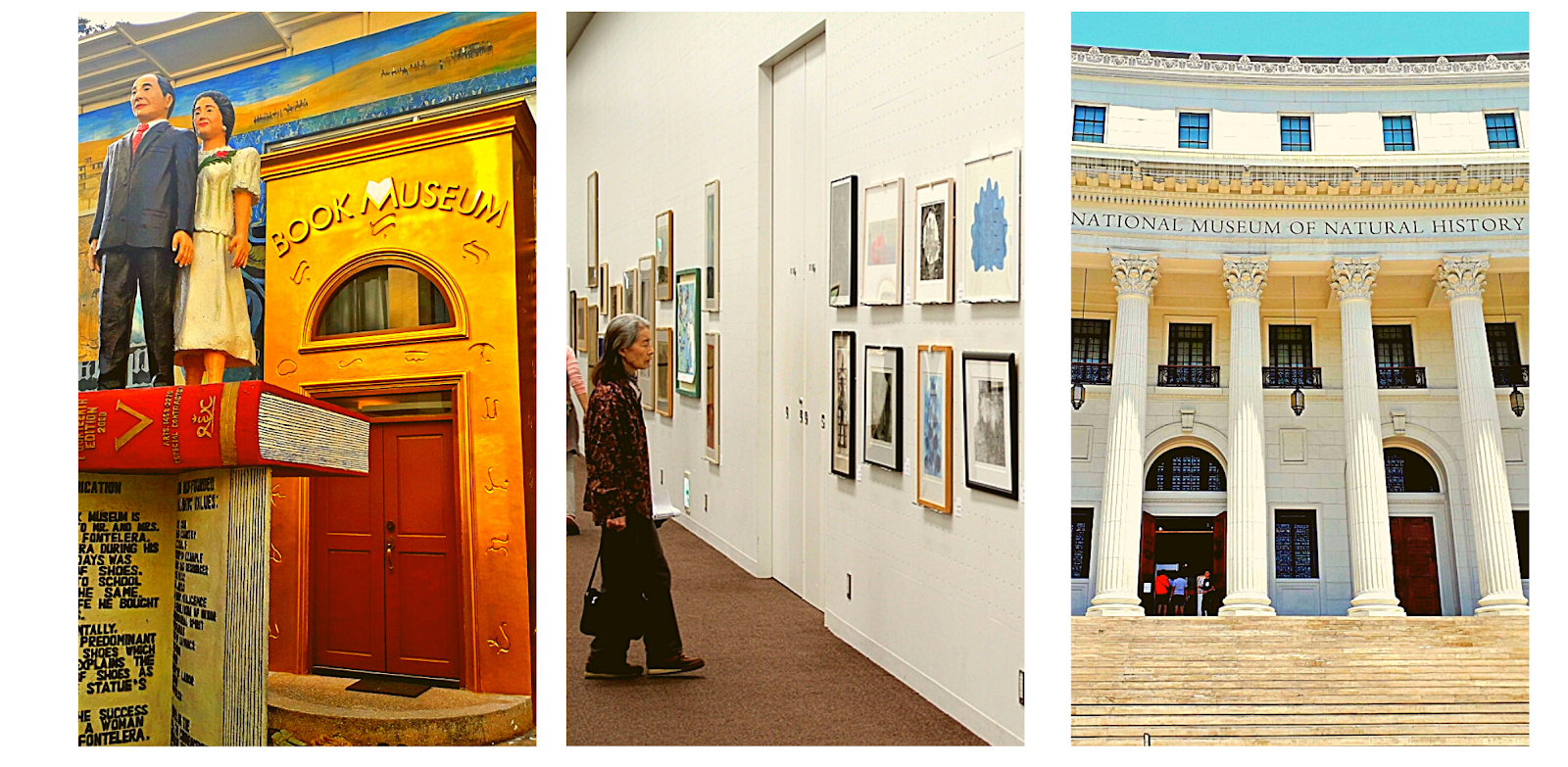A somber atmosphere reigned over the town of Daraga when we went to visit the Church of Nuestra Señora de la Porteria. Like a set of eyes coming from a funeral, the skies hovering above was subdued yet haunting and sad. The jabbing wind blowing against my face reminded of the aftermath of typhoon Mina, which battered the province a few days before we arrived. Some of the dark clouds which "Mina" brought remained and like a jealous lover, it cast over the landscape of Mayon Volcano, totally sheltering it from our sight.
| Taken during my latest visit to Daraga in 2015 |
The Church itself felt like an orphan without the accompanying Mayon by its side. However hauntingly missing was the presence of the sight of the Volcano, the church itself, with its marvelous Baroque-inspired architecture, with a combination of Gothic-style, was a sight to behold. The white facade brings a fervent representation of its rich and enamored history.
Built in 1773 by the Franciscans when Daraga was just a barrio of the town of Cagsawa. From then on it served as second fiddle to the Church of Cagsawa, until a violent eruption of Mayon occurred in 1814. The aftermath of the eruption left the old church of Cagsawa in ruins with only its belfry left standing. Soon the town folks of Cagsawa after grieving the loss of more than 2,000 people, relocated their church to Daraga upon the approval of the Governor General on October 4, 1814.
Soon, Daraga became a thriving town with a community composed of just under 20,000 residents. Being adjacent to Legazpi, it quickly became one of the center of communal activities and trade. Many of that time's well to do families relocated to Daraga, most probably because of the charms of living in a town that affords them a marvelous and kick-ass view of the Mayon Volcano.
While the facade was something I marveled and took a long time staring at. It is said to be made from volcanic stones and carved intricately to present an assortment of images such as the four evangelists. The interior however, were a different story. The altar and the walls was bland and simply adorned by white walls. These were the result of what historians refer to as "unregulated reconstructions and modifications" of heritage sites. The number of repairs done throughout the years, has made the church lose some of its "visage". It may have so, but its historical importance can't be denied that in October 2007, the National Historical Institute recognized Daraga Church as one of the country's historical treasure.
My friend Tin and I wandered around the church for a while, we were at times taking a peek at the direction of Mayon Volcano, with dimmed hopes that the dark clouds covering it would finally dissolve into nothingness so the near perfect cone shape of the peak would show its grandeur to us. But with cold like stares of a hard to get Juliet, it rejected any possibilities of a an apparition.
Even so, with an imaginary hot cup of coffee I stared at the direction of Mayon and imagined myself the settings of a simple life in this town throughout the years. I can say that, I've felt the mystique and attraction of this church and its wonderful location nestled atop a hill. Even though the years have changed the world immensely, and residents multiplies three to ten folds, the church still remains as the very foundation of the faithfuls in the town of Daraga.
It is said that "faith moves mountains" and when a volcano mowed down the old Cagasawa church, the faithful moved theirs and settled in this church to continue flourishing their own faith - which by now, have continued on numerous generations. The original "visage" might have gotten lost, but what it stood for remains the same and unchanged, unhindered even with the most violent successions of eruption from Mayon in the last 200 years.

